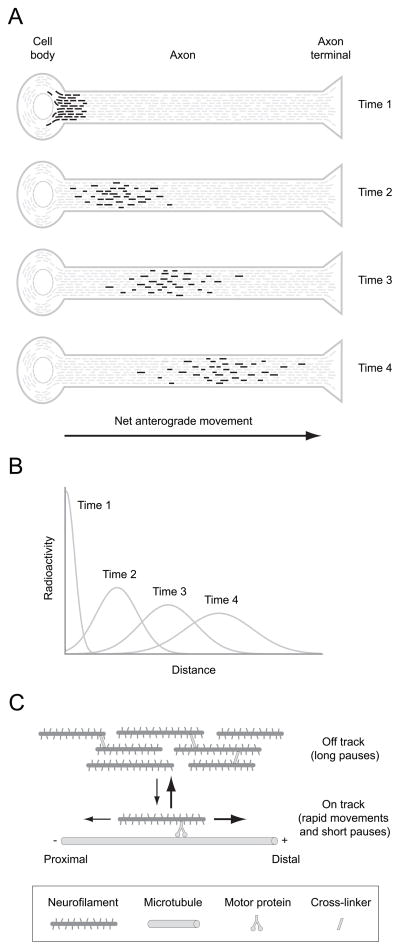Figure 1. Axonal transport of neurofilaments.
A. Schematic diagram illustrating the movement of a pulse of radiolabeled neurofilaments along an axon in a radio-isotopic pulse labeling experiment, meant to be representative of axons in a long nerve such as the sciatic. To perform such an experiment, radioactive amino acids are injected into the vicinity of neuronal cell bodies. The radiolabeled amino acids become incorporated into newly synthesized proteins, generating a pulse of radiolabeled proteins that move out along the axons by the mechanisms of axonal transport. The most commonly used injection sites are the dorsal root ganglia, which labels sensory neurons, the anterior horn of the spinal cord, which labels motor neurons, and the eye, which labels retinal ganglion cells. This diagram shows a single axon but in reality these experiments are performed on nerves that contain thousands of axons that run in parallel, so the actual kinetics are a summation of the kinetics of many individual axons. The pulse of radiolabeled neurofilaments is sharp initially but spreads considerably over time due to the stochastic, intermittent and bidirectional nature of the movement. B. Schematic illustrating the distribution of the pulse of radiolabeled neurofilaments at the four time points shown in A. The neurofilaments form a symmetrical and slowly moving Gaussian wave that spreads as it propagates distally (Brown et al. 2005; Craciun et al. 2005; Hoffman et al. 1985; Hoffman and Lasek 1975; Hoffman et al. 1983; Jung and Brown 2009; Xu and Tung 2001). The average velocity is usually in the range 0.2–1.0 mm/day and depends on the age of the animal and the particular nerve being studied. C. Schematic diagram of the “stop and go” model of neurofilament transport. Neurofilaments are transported by motor proteins along microtubule tracks in a rapid intermittent manner, cycling between kinetically distinct on-track and off-track states. Neurofilaments in the on-track state engage in rapid bouts of movement interrupted by short pauses, whereas neurofilaments in the off-track state pause for prolonged periods without any movement. Off-track neurofilaments may be interconnected temporarily by cytoskeletal cross-linkers such as spectraplakins. The neurofilaments switch between forwards (anterograde) and backwards (retrograde) movement, but anterograde movements predominate, resulting in a net anterograde directionality.

